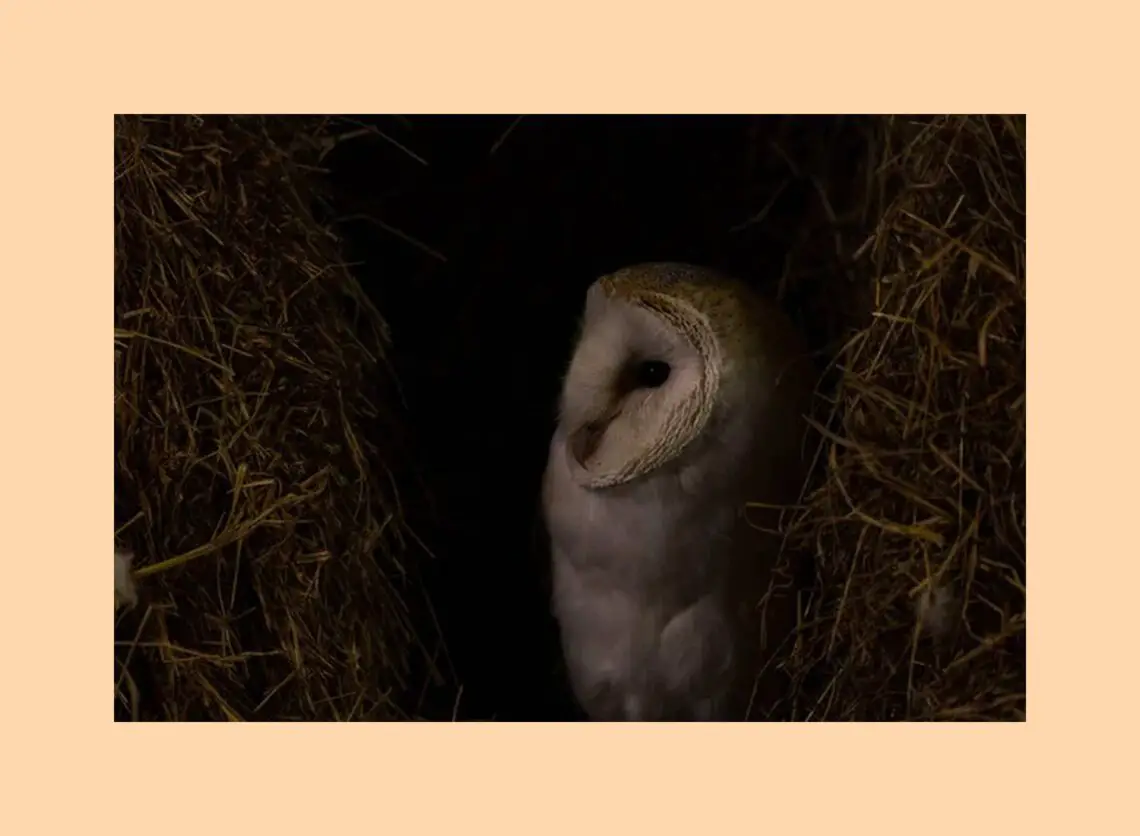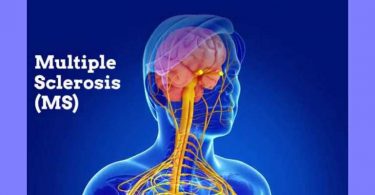I often get asked by many Homoeopaths and students what is a good remedy for a certain acute disease? My thoughts run wild on how to answer such a question. I have been asked to run CPD days on acute Materia Medica giving top ten remedies suitable for a cough, cold influenza, and likewise…. oh how this inspires me…not! My answer to such questions is that one needs to know how to use a repertory, have a sound knowledge of Materia Medica, know how to take the case and finally use the information collected wisely. I have been teaching how to take acute cases now for more than 29 years and most folk who have studied with me have benefited.
Summer allergies are often met by many of the homoeopaths working with us at outdoor events. I often joke about how many Hay Fever cases one will get over the long week end, providing the weather conditions suffice to allow the morbific stimuli to alter the vital force of the individual presenting themselves as Hay Fever. Hay Fever is a chronic dis-ease, what we experience in practice is that often the client being Hay Fever is desperate for some relief now, with symptoms such as runny nose, smarting eyes and itchy throat. They arrive to see us during an acute flare up of their chronic condition and they are desperate for some help. Many may have never experienced Hay Fever before, as this is the first time they have been out in the countryside. Whilst others would have suffered for many years managing their problem with allopathic medicines such as antihistamines. Sadly for them, they failed to bring these meds to the event, and in some ways this is good for us and Homoeopathy.
When taking the case in private practice this is made easier as time is on our side, but when we meet them in a drop-in clinic, time is against us. We have 15 minutes to complete this journey of taking the acute case, finding the remedy, dispensing it, explaining all about Homoeopathy and referring on. What happens next? We have either given them the correct remedy for now and a result has been gained, or we have given the incorrect remedy and the client returns to tell us so,…. or they don’t, and think that was a waste of time and, money and Homoeopathy doesn’t work! Other parts of this equation involve that we have given the constitutional remedy and totally cured them, or we have palliated. Should we be carrying out the art of palliation? Living in a quick fix society we are often forced into obtaining results fast, and palliation can be a useful tool in these situations. The reasons not to palliate are that we may never get the client back to where they were before this, hence blocking the case. Over prescribing may also have similar consequences (using many remedies over a short period of time). What we are doing in these situations is just masking the real picture, possibly pushing the dis-ease in deeper, thus making it more difficult to treat. Another problem faced is that we get an aggravation, a set of symptoms that the client has never experienced before, which means we have given a partially fitting remedy that is a similar and not the simillimum. Or we have given the simillimum and the new symptom needs time to pass, but this is only the case when other presenting symptoms are moving on.
Summer allergies are best treated in the winter months, giving the clients constitutional remedy and strengthening the vital force. Often there is a miasmatic layer that needs addressing, and we often find that allergies run through families. When treatment during the winter months occurs, we have strengthened the vital force using their constitutional remedy and possibly addressed their miasmatic layer with an appropriate nosode, or remedy. When the summer arrives, we often find that the client is symptom free. In other situations, we find a clear remedy picture for the acute flare up. The remedy presenting itself in these situations is often related to the constitutional remedy as well as the miasm and sometimes it is the constitutional remedy itself.
Often, we struggle to find a suitable remedy in the acute state of this chronic. There are 107 remedies listed in Synthesis under the rubric Hay Fever, and many of these have general symptoms in common. When we are struggling it often means we have taken the case badly; asking either far too many or too few questions or have too much or too little information.
Let us go back a stage here on how to take the acute flare up case, keep all questions open ended and no “yes/ no” answers. We need to identify four core areas and in doing so the remedy required will be there. The client will tell us what they need to take, as they often talk in keynotes. With careful selection of symptoms making the repertory work easy and some materia medica knowledge we will easily find the simillimum.
What information do we require?
Aetiology – We need to identify the causation. Most allergy sufferers know what causes their problem, few don’t.
Affinities – What is actually being affected now? In Hay fever we have the upper respiratory tract involved, but by identifying what area is affected this will help us locate what sections of the repertory we are to use.
Modalities – What the client is better and worse for. Here we are to use the modalities that are relevant to the allergy not to their general dis-ease or wellbeing.
Symptoms – Here we need to list all the symptoms that are going on now! Not all the symptoms that were going on hours, days, weeks or years ago, unless they are totally relevant. This you will have to work out with very careful questioning. What we are looking for are those strange rare and peculiar symptoms or even keynotes.
Twenty-eight years ago, I treated a friend who came hurriedly looking for me in The Homoeopathic Clinic at the Glastonbury Festival. I sat him down and what unfolded was his horrendous history of hay fever and how badly it affects him. His hay fever was affecting him now and he was worried that he would not be able to carry out his job as co-ordinator of The Speakers Forum, unless I could do something to help him. His appearance was of slight build with very long brown straight hair in his mid 30’s. His daytime job was a postman, which allowed him time to be alone and out in nature. He believes that he is Merlin, the wizardly advisor to King Arthvawr. In his spare time, he is a Green Party activist. He has had hay fever for as long as he can remember, and June and July are the main months that he has symptoms. In the past he has made use of antihistamines to control it but has never really felt happy about this. The hay fever affects him in the following ways:
From his nose he gets a burning watery discharge which causes his nose to feel raw. His symptoms he finds are worse when he is in stuffy warm spaces where there is no or little air movement. He has found these symptoms to be worse when he is in his truck and far better when he is out and about walking the festival site or out doing his postal round and worse inside the sorting office. His eyes get affected too; they are red, sore with a watery lachrymation that appears to be causing his eyes to burn and smart. His voice was rather horse and this concerned him greatly as he was worried that he would not be able to be heard when introducing the speakers and keeping the debates moving. His thirst was for really large for cold drinks which he felt better for, ‘luckily I have a refrigerator in my truck.’
We can see from our Repertorising that Allium Cepa is the remedy. I gave him a 30c and told him to take one dose and to repeat again if needed. I didn’t see him again until the end of the festival and he said after one dose all his symptoms went away and that he as yet has not had to repeat it. He was amazed and felt that maybe he should have some on standby in case it returned. I agreed. Seven summers went by and he had never needed to repeat the remedy again until he got to the eighth summer and he came looking for me, presenting himself again as that red onion, so I suggested he take another dose of 30c. To this day he has never needed to repeat this remedy, or had any hay fever symptoms. The question I ask is, have I cured his hay fever and if so, how with only two doses of Allium Cepa? We see this remedy mainly as an acute one and not as a constitutional remedy. Looking in a vast number of materia medicas there are very few mental symptoms present. Looking at the onion in a symbolic way, we often talk about Homoeopathy in the way that we peel off layers to reach the centre, rather like how the onion looks. On another level onions are useful to turn away evil particularly in association with lunar influences. The onion is one of the oldest cultivated vegetables in history. A wild ancestor to the onion has never been found, so its history has been traced using the earliest known written records. These records show onions were cultivated along the banks of the River Nile some 5000 years ago. The onion shape was represented as a deity on monuments during the First Egyptian Dynasty around 3000 BC. The Egyptians also used onions for funeral offerings, for embalming, either within or attached to mummies further symbolizing the importance of onions in their lives. Both Romans and Greeks revered the onion for its physical benefits and spiritual symbolism. The Romans felt the concentric circle configuration of the onion ‘represented eternity.’ By the 16th century, several types of onions were commonly grown here in England.
Possibly this was where Merlin comes into being with the view of the onion representing eternity – he did supposedly live for a very long time, some 101 years! He wore many hats: he was a wizard or sorcerer, a prophet, a bard, an adviser and a teacher. He appeared as a young boy with no father, and he appeared as an old, wise man, freely giving his wisdom to four successive Kings of England. Just like the onion symbolically also represents disguises.
So there Is more to the dear old red onion than meets the eye and this is why it saved Merlin from his hay fever.
A Box of Hay Fever Remedies
Now for those of you who want know the top hay fever remedies in 2000 we carried out our largest audit on The Glastonbury Festival. We also visited again some ten years later only to find similar results. Hay fever made up 21% of the total number of clients treated, which equates to 112 people. The following table of remedies is some indication of the remedies required in a drop-in clinic remedy box, the number totalling 21. The number of times used does not totally equate to hay fever alone, as other conditions were treated too. Please note that the weather conditions were dry.
|
Remedy |
No Times Used | Remedy | Number Times Used |
| Lachesis | 9 | Allium Cepa | 14 |
| Silicea | 10 | Hepar Sulph | 5 |
| Arundo | 7 | Euphrasia | 16 |
| Dulcamara | 3 | Rhus Tox | 19 |
| Nat Mur | 33 | Tuberculinum | 6 |
| Phosphorous | 11 | Arsenicum | 21 |
| Thuja | 4 | Sepia | 6 |
| Sabadilla | 12 | Sulphur | 24 |
| Mercurius | 13 | Kali Bich | 6 |
| Gelsemium | 4 | Pulsatilla | 35 |
| Lycopodium | 5 |
For a copy of this report Emil [email protected].
Editor’s note: When Marcus is not spreading the word of homeopathy, he’s relaxing with the tabla.







Thank you for your information. I had ceased using homeopathy because my homeopath was too far and at age 87, I am no longer driving. You have restored my faith in it; and I will start using my homeopathy materials and books. Keep up the amazing work!